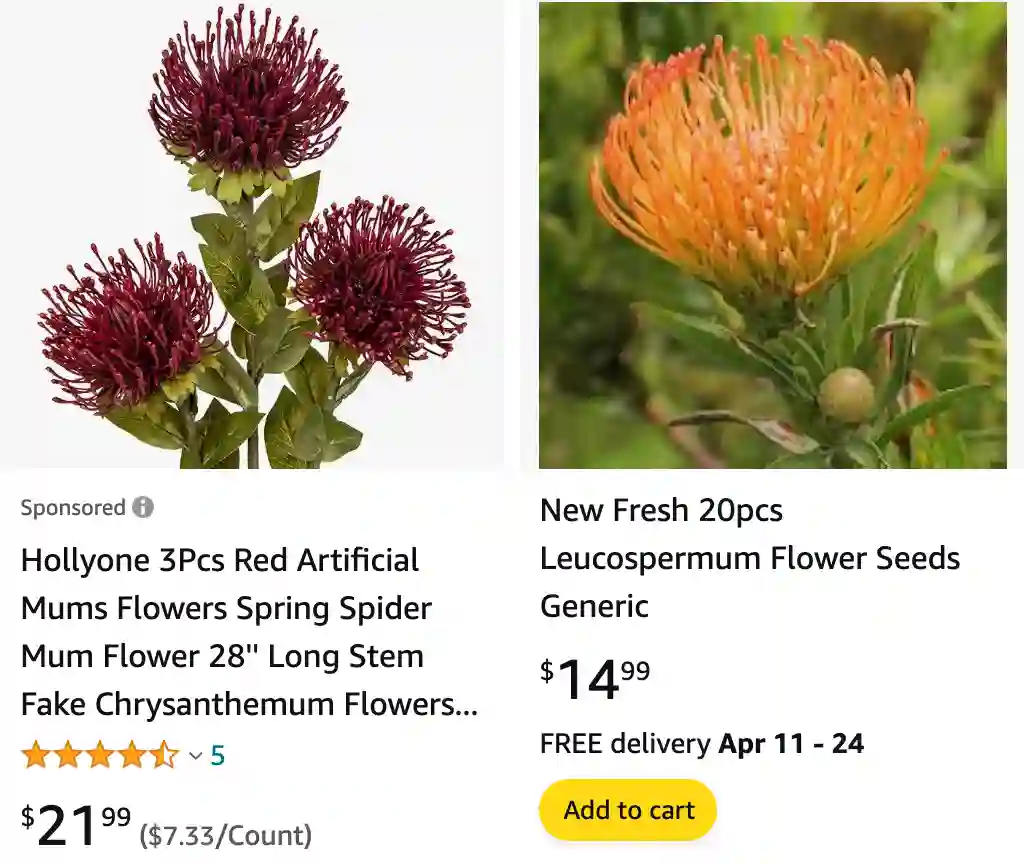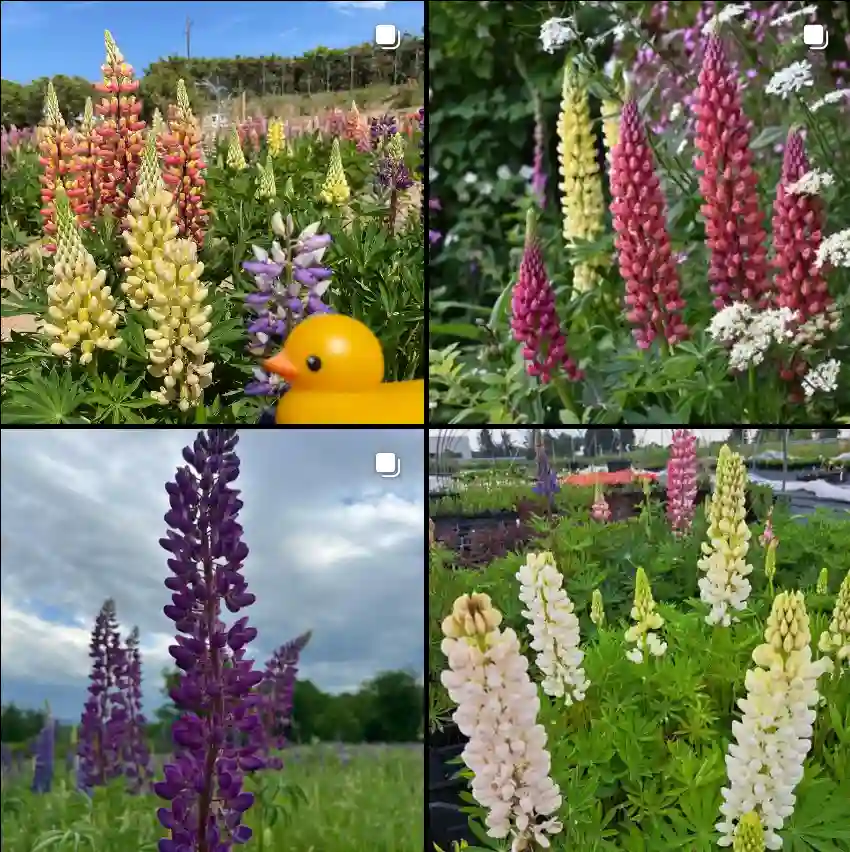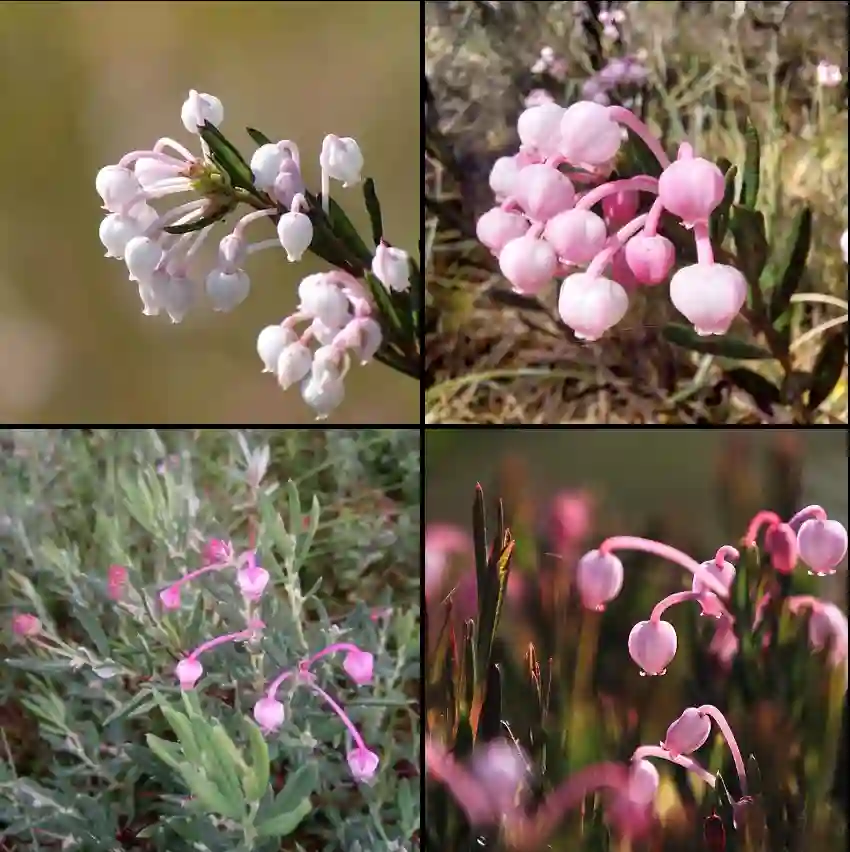
Leucospermum: A Floral Love Affair
As a passionate botanist, my heart skips a beat at the mere mention of the genus Leucospermum from the Proteaceae family. These South African natives, fondly known as pincushions, are a testament to nature’s artistry. Their vibrant, spiky blooms, reminiscent of, well, pincushions, are a sight to behold. I’m captivated by their unique morphology and the sheer diversity within the genus.
A Kaleidoscope of Colors and Forms
Imagine a shrub, bathed in the warm South African sun, bursting forth with fiery orange, sunny yellow, or even a deep crimson inflorescence. That’s Leucospermum for you. Each flower head is an aggregation of numerous individual florets, each with a long, protruding style, giving it that characteristic pincushion appearance.
The leaves, too, contribute to their allure. They’re typically tough and leathery, often with serrated edges, perfectly adapted to the harsh conditions of their native habitat. From prostrate shrubs to towering beauties reaching 5 meters, the genus boasts a remarkable range of growth habits.
Diving Deep into Diversity
With around 48 species, Leucospermum offers a treasure trove for any plant enthusiast. Here are:
- Leucospermum arenarium Rycroft
- Leucospermum bolusii Gand.
- Leucospermum calligerum (Salisb. ex Knight) Rourke
- Leucospermum catherinae Compton
- Leucospermum conocarpodendron (L.) H.Buek
- Leucospermum cordatum E.Phillips
- Leucospermum cordifolium (Salisb. ex Knight) Fourc. Plant FAQs: Leucospermum Cordifolium
- Leucospermum cuneiforme (Burm.f.) Rourke
- Leucospermum erubescens Rourke
- Leucospermum formosum (Andrews) Knight ex Sweet
- Leucospermum fulgens Rourke
- Leucospermum gerrardii Stapf
- Leucospermum glabrum E.Phillips
- Leucospermum gracile (Salisb. ex Knight) Rourke
- Leucospermum grandiflorum (Salisb.) R.Br.
- Leucospermum gueinzii Meisn.
- Leucospermum hamatum Rourke
- Leucospermum harpagonatum Rourke
- Leucospermum heterophyllum (Thunb.) Rourke
- Leucospermum hypophyllocarpodendron (L.) Druce
- Leucospermum innovans Rourke
- Leucospermum lineare R.Br.
- Leucospermum muirii E.Phillips
- Leucospermum mundii Meisn.
- Leucospermum oleifolium R.Br.
- Leucospermum parile (Salisb. ex Knight) Sweet
- Leucospermum patersonii E.Phillips
- Leucospermum pedunculatum Klotzsch ex Krauss
- Leucospermum pluridens Rourke
- Leucospermum praecox Rourke
- Leucospermum praemorsum (Meisn.) E.Phillips
- Leucospermum profugum Rourke
- Leucospermum prostratum Stapf
- Leucospermum reflexum H.Buek ex Meisn.
- Leucospermum rodolentum (Salisb. ex Knight) Rourke
- Leucospermum royenifolium (Salisb. ex Knight) Stapf
- Leucospermum saxatile (Salisb. ex Knight) Rourke
- Leucospermum saxosum S.Moore
- Leucospermum secundifolium Rourke
- Leucospermum spathulatum R.Br.
- Leucospermum tomentosum R.Br.
- Leucospermum tottum R.Br.
- Leucospermum truncatulum (Salisb. ex Knight) Rourke
- Leucospermum truncatum (Meisn.) Rourke
- Leucospermum utriculosum Rourke
- Leucospermum vestitum (Lam.) Rourke
- Leucospermum winteri Rourke
- Leucospermum wittebergense Compton
Leucospermum vs Leucadendron
When comparing Leucospermum and Leucadendron, I find the vibrant, pincushion-like blooms of Leucospermum add a striking burst of color to my garden, whereas the foliage and subtle beauty of Leucadendron provide a more subdued, but equally captivating, backdrop.
Can you grow Leucospermum from cuttings?
Yes, Leucospermum can be grown from cuttings. Stem cuttings taken from healthy, mature plants can be rooted in a well-draining potting mix. I usually take cuttings in spring or early summer when the plant is actively growing. Remove any lower leaves from the cutting, dip the cut end in rooting hormone, and plant it in a small pot filled with moistened soil. Keep the cutting in a warm, humid environment and water it regularly until roots develop.
How to propagate Leucospermum?
To propagate Leucospermum, you can also try growing them from seeds. However, this method can be more challenging and requires patience, as Leucospermum seeds can have a hard seed coat that needs to be scarified or treated before planting to improve germination rates.
How to prune Leucospermum?
Pruning Leucospermum is generally done after flowering to shape the plant and remove any dead or damaged growth. I typically prune mine in late spring or early summer once the flowers have faded. Remove any spent flower heads and trim back any overly leggy or wayward branches to encourage bushier growth.
When to prune Leucospermum?
Leucospermum should be pruned after flowering, usually in late spring or early summer. This timing allows the plant to recover from flowering and set buds for the following year’s blooms.
Where to buy Leucospermum?
You can buy Leucospermum plants from local nurseries, specialty plant shops, or online retailers that specialize in native or exotic plants. They’re relatively popular and should be available, especially in areas with a mild climate where they can be grown outdoors year-round.
Are Leucospermum self-fertile?
Leucospermum plants are not self-fertile. They rely on cross-pollination between different plants to produce viable seeds and set fruit.
Are Leucospermum the same as Protea?
While Leucospermum are related to Protea and share some similarities, they are distinct genera within the Proteaceae family. Leucospermum plants are native to South Africa and are known for their showy, colorful flowers, while Protea is a larger genus that includes a wider variety of species, many of which are also native to South Africa.
Can Leucospermum survive freezing temperatures?
Leucospermum plants are generally not cold-hardy and may struggle to survive freezing temperatures. In colder climates, they should be grown in containers and brought indoors during the winter months or protected with frost cloth or other insulation.
Do Leucospermum Moonlight grow in Phoenix?
Leucospermum Moonlight is a cultivar known for its striking yellow flowers and is generally well-suited to the warm climate of Phoenix. However, it’s always a good idea to provide some protection from intense afternoon sun and ensure they’re planted in well-draining soil to prevent root rot.
How deep is the root system of Leucospermum?
The root system of Leucospermum plants tends to be relatively shallow, extending only a few inches below the soil surface. This makes them well-suited to well-draining soils and containers.
Is Leucospermum poisonous?
As far as I know, Leucospermum plants are not considered poisonous. However, it’s always a good idea to handle them with care and wash your hands after working with them, as some people may have skin irritation from contact with the sap or foliage.
When do Leucospermum flower?
Leucospermum plants typically flower in late winter or early spring, depending on the species and cultivar. The flowers are often long-lasting and make excellent cut flowers for arrangements.
If i die, water my plants!



